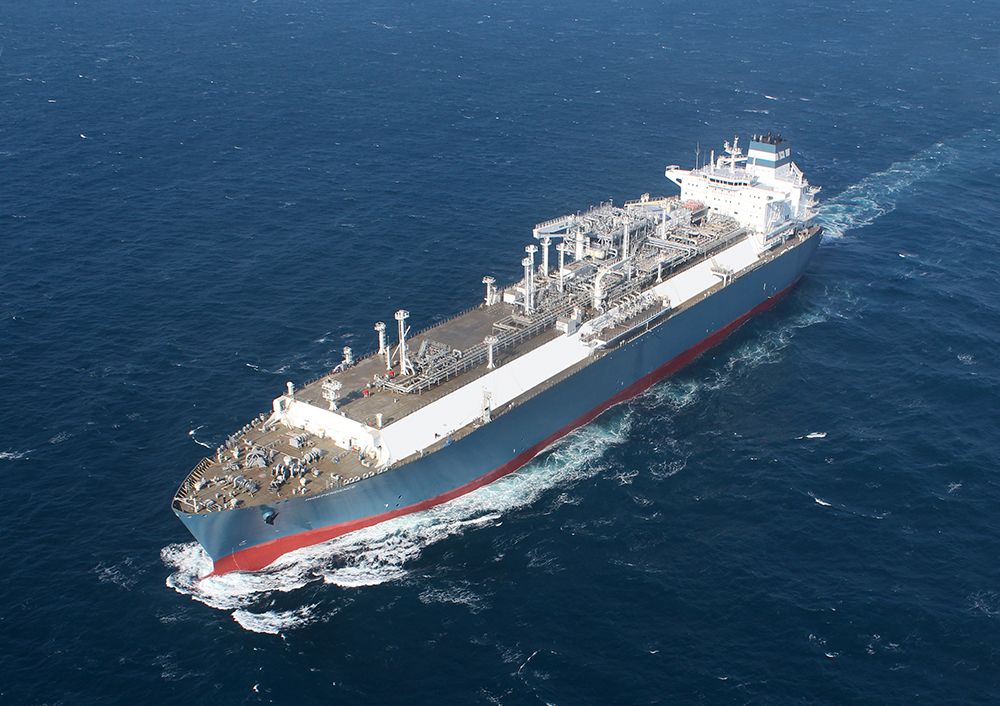На днях представители Litgas объявили о подписании контракта на покупку СПГ с норвежской Statoil с привязкой к NBP. Это в очередной раз вызвало волну споров об экономической целесообразности (как и в случаях с Польшей и Украиной). Газпром тут же отреагировал, назвав это решение политическим. Между тем, понять, насколько это выгодно для Литвы, довольно просто.
Цена газа в Литве будет складываться из двух составляющих:
1. цена СПГ DES Клайпеда,
2. стоимость регазификации.
Закупка СПГ
Про контракт известно следующее: 400 тыс тонн в год, цена привязана к NBP. Помимо этого, менеджер Litgas Доминикас Тучкус заявил, что цена СПГ, если бы он поставлялся в этом году, составила бы 900-1000 литов за м3, если считать за последние 4 месяца. В пересчете на доллары (по текущему курсу лита) это 9.6-10.6 $/mmbtu. Тукус также добавил, что они отдают себе отчет в том, что зимой цена может быть выше.
Цена на СПГ определяется по котировкам «месяц вперед» на NBP. Посмотрим их за последние 4 месяца:
| май | 7.52 |
| июнь | 6.84 |
| июль | 6.52 |
| август | 6.97 |
Диапазон составляет 6.5-7.5. Сравнив с ценами на СПГ, получаем, что цена DES Клайпеда, вероятнее всего, составляет NBP + 3 $/mmbtu.

Литовская Независимость
Регазификация
FSRU Independence, заказанный Klaipedos Nafta у Hoegh LNG, по данным последней, будет генерировать EBITDA на уровне 50 млн в год. Значит, тайм-чартерная ставка будет на уровне немногим выше 150 тысяч долларов в день. Я слышал цифру в 155 000. Таким образом, расходы на регаз составят около 60 млн долларов в год. Мощность регаза составляет 2.2 млн т в год, объем только норвежского контракта — 0.4 млн т. Таким образом, удельные затраты на регаз составят 2.7 $/mmbtu, и могут снизиться до 0.5 $/mmbtu в случае 100% использования терминала (чего не может быть, так как Газпромовский контракт по-прежнему в силе).
Выводы
Средняя цена норвежского газа в трубе в Литве в 2013 году в среднем составила бы
10.51 + 3 + 0.5..2.7 = 14-16.2 $/mmbtu.
Для сравнения, средняя цена Газпрома в Литве составила 14.5 $/mmbtu.
Таким образом, цена Газпрома уже близка к нижней границе диапазона. А с июля 2014 года Газпром начнет продавать газ в Литву на 20% дешевле…